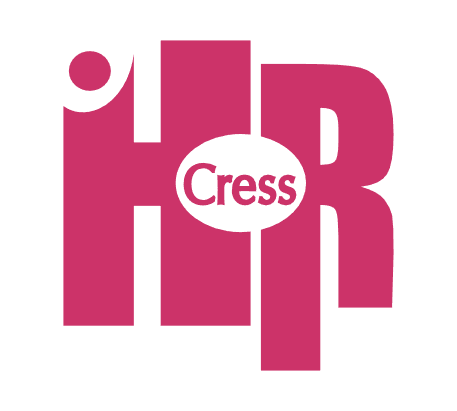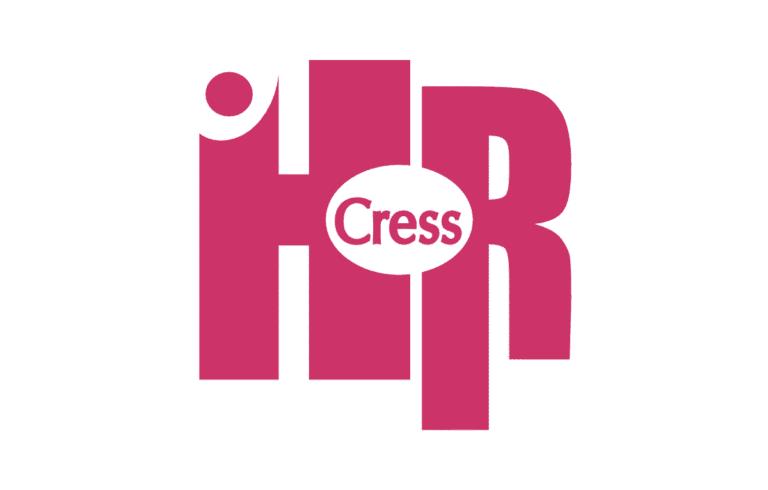I’ve noticed an unsettling trend that most articles about new hire welcome kits seem tailored to specific jobs and industries. What about the crew showing up to a job site, stocking shelves, or prepping the dining room before service? Whether your new team member is behind a desk, behind the scenes, or out in the field, that first moment matters.
Small businesses across all industries want their new hires to feel seen, prepared, and appreciated. A welcome kit offers a powerful, simple way to do just that. This post breaks down how to improve retention in the workplace for new-hire blue collar workers using welcome kits, what to include, and why it counts, regardless of whether your new team member wears steel-toe boots, non-slip shoes, or polished loafers.
First Impressions Improve Retention
We’ve all heard the expression “you only get one chance at a first impression.” This rings true whether it is in our personal lives or business. A warm, inviting welcome is far more valuable than company perks because actions often speak louder than words. You’re showing your new hire that they are acknowledged, valued, and you’re happy they are here. Below are a few positive advantages that a simple welcome kit can bring to your small business.
How To Improve Retention In The Workplace—Meaningful Actions
Meaningful actions (like welcome kits) from day one increase morale, which in turn builds loyalty and improves employee retention.
–Emotional Effect
Feeling prepared and acknowledged boosts employee confidence and also builds loyalty and trust.
–Culture Building
Lead by example. Show the values you want your team to live by.
For small businesses that lack human resources or have inefficient onboarding processes, this kit might be the new hire’s first and only structured touchpoint. It deserves some thought.
What Should Be in a New Hire Welcome Kit?
We are all familiar with the standard elements that any business or industry can adapt. Even one or two of these items can make a good first impression.
•Welcome Letter
A sincere written or typed welcome letter from the owner or manager can have a positive impact on day one.
•Company Information
These items include company handbooks, organizational charts (if applicable), and other documents that showcase your mission statement or organizational culture.
•First Day Itinerary
In my experience, coming from both ends of the aisle, I believe the itinerary is most impactful. This truly expresses to your new hire that you are prepared and organized and value them. You should map out what happens in the day, whom to meet, and where to go.
•Supplies
As I pointed out earlier, these items are often geared toward office and tech jobs. Usually, the kit includes standard office paraphernalia. This is all fine unless your new hire is a construction worker or similar; a sticky note is not the best choice. Time to think outside of the box, or kit, in this case.
Welcome Kit Examples To Improve Retention For New Hire Blue Collar Workers
Construction
Construction workers face physical demands as well as exposure to outside elements. Welcome kits should focus on items that reflect safety and solidarity, showing that you’re invested in their well-being.
Standard Basic Items
- Personal protective equipment (PPE). Your new hire should have everything they need on day one for mandatory and recommended safety protocols. This includes items such as a safety vest, goggles, work gloves, a hard hat, etc.
- A manual or list of standard safety procedures
- A guide on what to do or who to contact in case of an injury or accident (this can be included with the safety manual)
- Contact list of any site manager or foreman
- Instructions on where and how to retrieve work tools, if provided by the company
- Keys and information related to a work truck, if provided by the company
- Vendor contact information, if the new hire will be responsible for ordering or handling any supplies
Personalized Items To Consider
- Weather protection items are a perfect choice. This might include items like a poncho, sunglasses, and sunscreen. Other great selections are cooling towels, sweatshirts, hand/foot warmers, and moisture-wicking shirts.
- An insulated lunch box, bottle, or mug.
- A tool holster belt clip, or a tool belt.
- If your new hire is expected to have their basic tools, a gift card to a hardware store would be greatly appreciated. Other gift cards or even coupons would work too, perhaps from a coffee shop, local restaurant, or even a gas card.
- Snacks can be a good option; however, due to the physical nature and outside exposure of the work, I would recommend energy- or protein-style snacks, like energy bars, protein bars, or a personal pack of Gatorade, which are all suitable choices.
Warehouse & Fulfillment
Standard Basic Items
While these jobs are somewhat similar to construction, welcome kits in this industry should focus on clarity, essentials, and a little comfort mixed in the lot.
- Like in construction, your new hire will require some personal protective equipment (PPE), but it differs slightly. You’ll likely provide gloves, goggles, earplugs, and possibly a paper or shield mask.
- Safety protocols for warehouse work are different; you should consider a cheat sheet or guide on where your new hire can access the safety data sheets (SDS) and information about any lockout/tagout procedures (if applicable) and other OSHA-related information.
- The welcome kit might include application or software access codes and personal locker labels.
- An assortment of necessary tools, perhaps scissors, a box cutter, or calipers.
- A guide outlining shift schedules, breaks, or rotations.
Personalized Items To Consider
- Gift cards for gas, food delivery service, coffee shops, or a shoe store to help purchase special footwear like steel-toe or nonslip shoes.
- Similar to the construction field, lunch boxes, mugs, and bottles are suitable.
- If your company doesn’t have uniforms or supply them, consider a t-shirt, sweatshirt, or sports jacket to place in the welcome kit.
- Good snacks to include are granola bars, trail mix, and bagged popcorn.
- Moisturizing lotion and work hand soap.
- If your company is packaging or handling small products such as Chapstick, lotion, hand sanitizer, etc., you could include a few samples.
Hospitality
Service-centered worker’s welcome kit can help bridge culture and routine.
Standard Basic Items
- Your service workers will need specific tools depending on the industry. This might be an apron, name tag, hair net or a hat.
- You could create a “meet the team” page with photos and roles.
- A guide on what prepping looks like, who shadows whom.
- Access codes, login, and passwords for systems and applications.
Personalized Items To Consider
- Hand lotion, chapstick, and hand sanitizer. Another option is facial cleansers and facial lotion.
- Again, gift cards are always a good option. However, if your company is a restaurant, how about a voucher for free food for the new hire’s first week? Or, perhaps your business is a hotel, why not a half-price voucher or even one night free? There are a lot of options here.
- Branded merchandise like shirts and hoodies.
- Lunch boxes, totes, water bottles, or mugs.
- If your company isn’t in the food industry, then snacks like pretzels, chips, and energy bars would suit.
Keeping It Budget Friendly and Impactful
You don’t need a big budget to make a big impact.
Low-Cost Personalization
- Handwritten notes.
- Use local suppliers for branded items.
- Print guides in-house or email PDF versions.
Smart Sourcing
- Partner with vendors for samples or merchandise.
- Reuse packaging materials (nicely!) to lower costs.
Digital Welcome Kits
- Create a branded onboarding email sequence.
- Include access to orientation videos, schedules, and team introductions.
Presentation Is Everything: Tips That Enhance The Welcome Kit Experience
You can improve retention in the workplace further through intentional and thoughtful presentation.
Timing Matters
Welcome kits should be ready and waiting on day one.
Placement Counts
Where you present the kit adds intent: the employee’s desk, the staff/break room, or the manager’s or owner’s office.
Delivery Is Key
Whether it’s the owner, a manager, or a teammate, let someone personally hand off the kit. Additionally, take the time to go through each item with your new hire. A verbal walkthrough translates to “we took the time for you.”
Closing Thoughts
You don’t need elaborate onboarding or branded duffel bags to make someone feel welcome. You need a plan and the intent to care and give a little bit of your time. Because what you hand a new hire on day one isn’t just stuff. It’s a signal that can turn an employee into a loyal team member, a job into a journey, and a workplace into a community. Cress HR can help you create onboarding, welcome kits, and other strategies to improve retention in the workplace.


